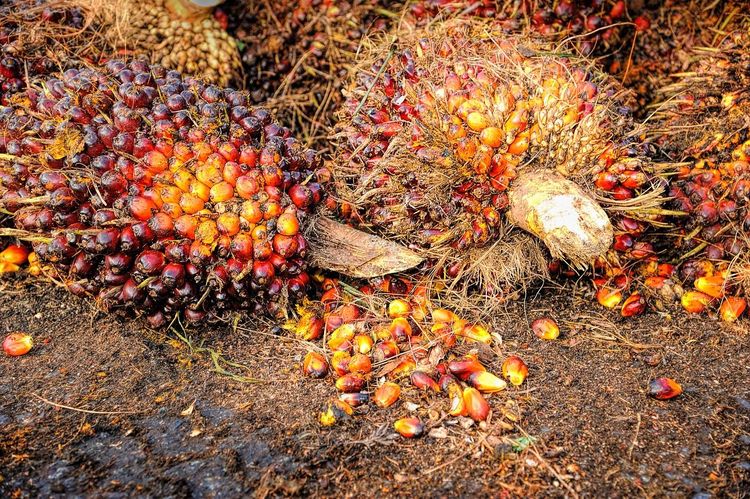Cocoa Crop on Track for Another Strong Year
Improved growing conditions in West Africa’s cocoa growing regions could push the global cocoa crop to record highs in 2021/22, following last year’s bumper crop, pressuring prices further.
A previous Gro analysis indicates that weather conditions between July and September have the greatest impact on the main cocoa crop in Ivory Coast, the world’s largest producer.
So far this season, Ivory Coast precipitation is 19% above the 10-year average.
In 2017, an analogous precipitation year as shown via Gro’s Navigator for Agriculture (crop-weighted to Ivory Coast cocoa), rainfall between July and August was 15% above the 10-year trailing average and July to September rainfall was 16% above average. That year Ivory Coast production increased 30% versus the prior year.
Ghana, the second largest cocoa producer, has also experienced beneficial rains. Rainfall during August was 102% greater than the 10-year average. As La Niña tends to benefit West African cocoa growers, the La Niña forecast for next year could boost production potential once again.
More rain is needed through October to ensure an equally good latter part of the main crop, and Gro users can track West African growing conditions with the Gro Navigator for Agriculture app for clearer insight into 2021/22 production.
The International Cocoa Organization (ICCO) last week forecasted a global cocoa production of 5.14 million tonnes in the 2020/21 season (October/September), up 2.4% from a previous projection, released this spring, of 5.02 million tonnes and 8.7% higher than last year’s 4.73 million tonne crop.
The most recent production forecast is 117,000 tonnes above the ICCO's previous projection, mainly reflecting a 90,000 tonnes to 1.04 million revision for Ghana’s cocoa crop. Cocoa production in top grower Ivory Coast was seen at 2.225 million tonnes, a record high.
Procurement and Sales & Marketing teams use Gro’s data to plan for supply and demand in a changing regional and global market. Cocoa’s concentrated area of production in West Africa means that localized weather has an outsize impact on the global crop size. Click here to view Gro’s Cocoa Monitor.
Numerous climate data sets available in Gro’s platform can be used to predict cocoa production. Since it is a tree crop, NDVI, an indicator of vegetative health, and evapotranspiration are not as predictive as precipitation, soil moisture, and temperature.
Ivory Coast and Ghana harvest cocoa throughout the year, producing two crops. The larger, main crop is harvested from October to March, and the less productive mid-crop harvest occurs from April to September.
This insight was powered by the Gro platform, which enables better and faster decisions about factors affecting the entire global agricultural ecosystem. Gro organizes over 40,000 datasets from sources around the world into a unified ontology, which allows users to derive valuable insights such as this one. You can explore the data available on Gro with a free account, or please get in touch if you would like to learn more about a specific crop, region, or business issue.
 Insight
InsightPrices Surge for Cocoa, Coffee, and Other ‘Soft’ Commodities
 Insight
InsightPalm Oil Production Set to Rise as Crop Dodges the Impact of El Niño
 Insight
InsightUSDA Further Trims Brazil Corn and Soybean Production Forecasts
 Insight
Insight

 Search
Search